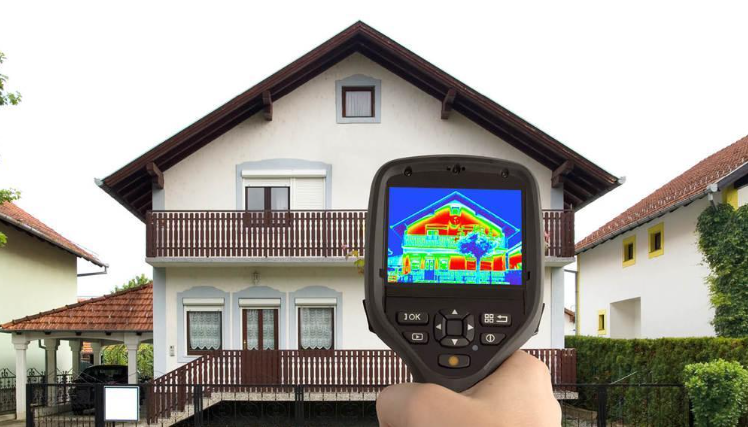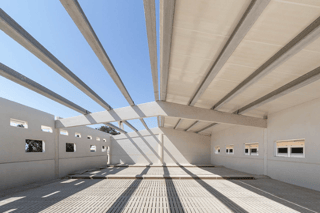In our last article in the series on the myths of polyurethane, we want to talk about its durability and insulating capacity. If you're wondering if polyurethane degrades and disappears over time, or if it maintains its capabilities over the years, read on.

What is the durability of polyurethane?
Durability is an essential attribute for sustainable construction, especially for energy-efficient buildings.
Using durable materials will allow us to ensure the estimated useful life of the building and, at the same time, reduce maintenance costs and environmental impact, as it does not need to be replaced in the event of renovation.
Polyurethane insulation is considered a very durable material, as it can maintain its performance over time thanks to its cellular structure.
Although its durability will depend on the application and use of the product, it normally outperforms the construction system of which it forms part (a roof or a façade, for example) in terms of durability.
For example, under normal wear and tear, a durability of more than 50 years can be expected for polyurethane insulation systems for buildings, more than 25 years for polyurethane used for insulation of refrigerators or more than 20 years for the application of polyurethane in vehicle bumpers.
To prove all this, PU EUROPE asked the ForschungsinstitutfürWärmeschutze.V.(FIW, Munich) to evaluate a sample of a 28-year-old roof. The sample belonged to a polyurethane sheet that was part of an insulation layer installed on beams of a roof.
The results concluded that, after 28 years in use, the polyurethane sheet analysed was still fully functional and had all the performance and values originally declared.
So, the sprayed polyurethane foam doesn't degrade over time?
The polyurethane foam sprayed in situ has an excellent behaviour against atmospheric agents such as water, extreme variation of temperatures or wind.
Neither does it suffer deterioration due to humidity nor does it lose its physical stability, which makes it possible to contribute to the durability of the enclosures throughout the useful life of the building.
This polyurethane foam applied in-situ is only affected by prolonged exposure to ultraviolet radiation, by the incidence of direct sunlight.
In this case, the surface of the foam acquires a dusty appearance and there is a reduction in thickness at a rate of 1 mm per year, depending on the combined effect of rain and wind, the first year being less due to the presence of the external skin of the foam, a layer of high density polyurethane.

A foam compromised by UV rays (as can be the case of using sprayed polyurethane in dividing walls of buildings while the adjacent building is being constructed) only loses thickness to the regime indicated above, without the properties of the product that still remains in the facing or cover suffering modifications (conductivity, resistance to compression, density, resistance to the passage of water vapour and impermeability, etc.).
In short, the fact that the foam remains outdoors for a short period of time will have no influence on its properties.
However, this application of unprotected temporary partitions is not considered good practice for safety reasons in the event of fire. The foam must always be protected by fireproof mortars.
Polyurethane is resistant to different weather phenomena, but what about other types of external agents?
Polyurethane is an inert and chemically neutral material.
These properties make it resistant to all chemicals commonly used in construction, e.g. solvents used in adhesives, paints, bituminous pastes, wood preservatives and sealants.
It is also stable against fuels, mineral oils and dilute acids and alkalis, as well as against the action of exhaust gases or the more aggressive industrial atmosphere.
Thanks to the fact that it is an inert material, it is not affected by humidity as mentioned above, nor does it favour the proliferation of fungi, bacteria, moulds or other organisms.
It is rot-resistant, stable against detritus and odourless.
It is also resistant to aging and the action of plant roots.











